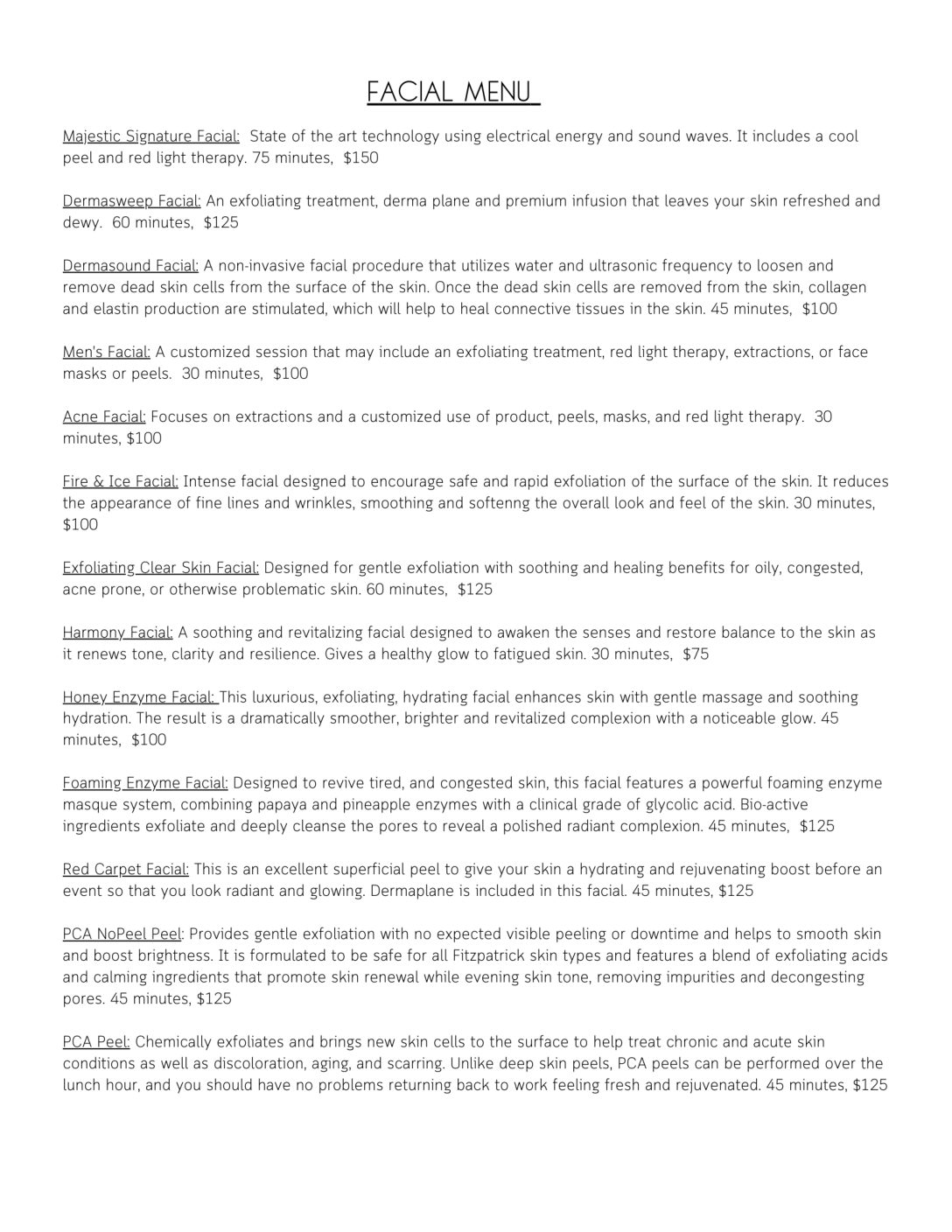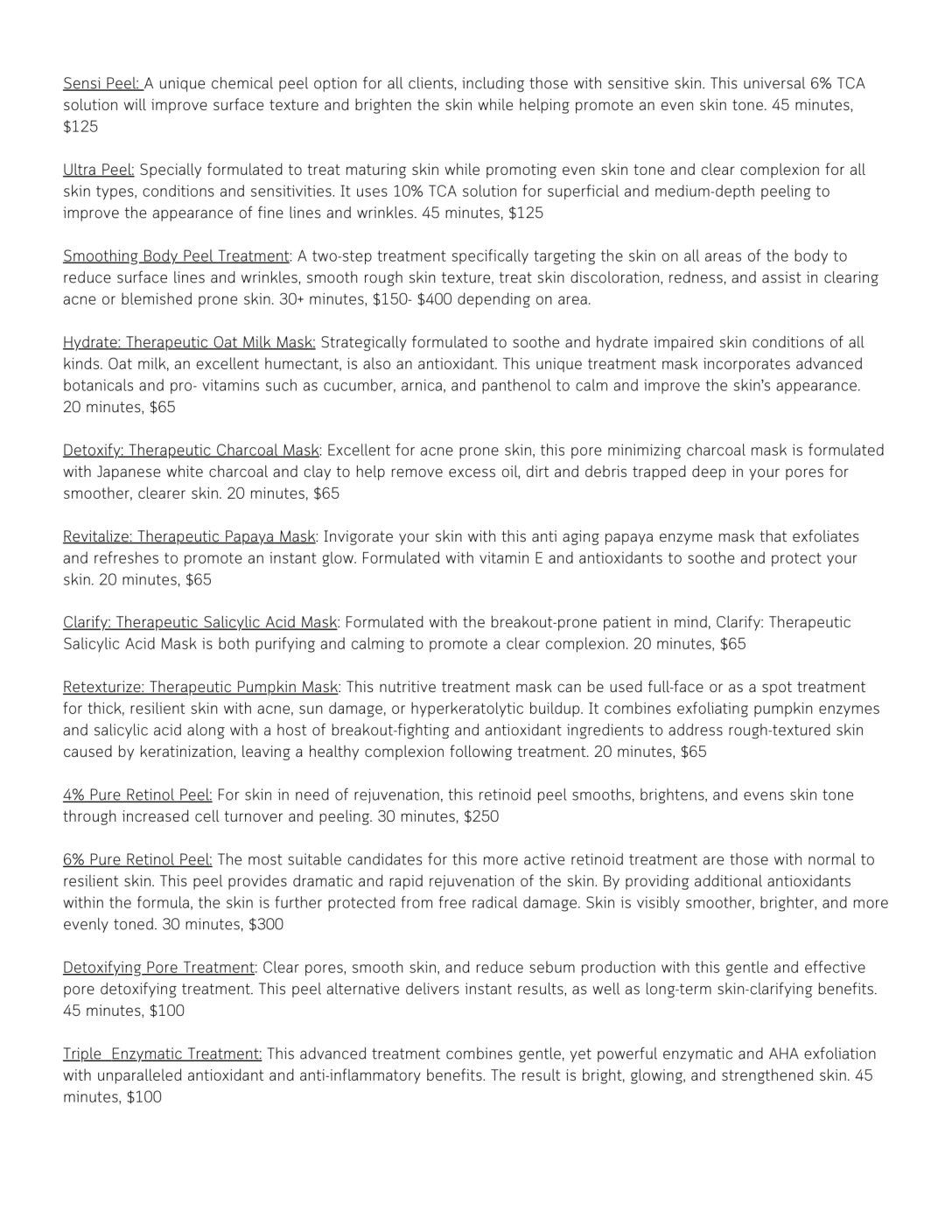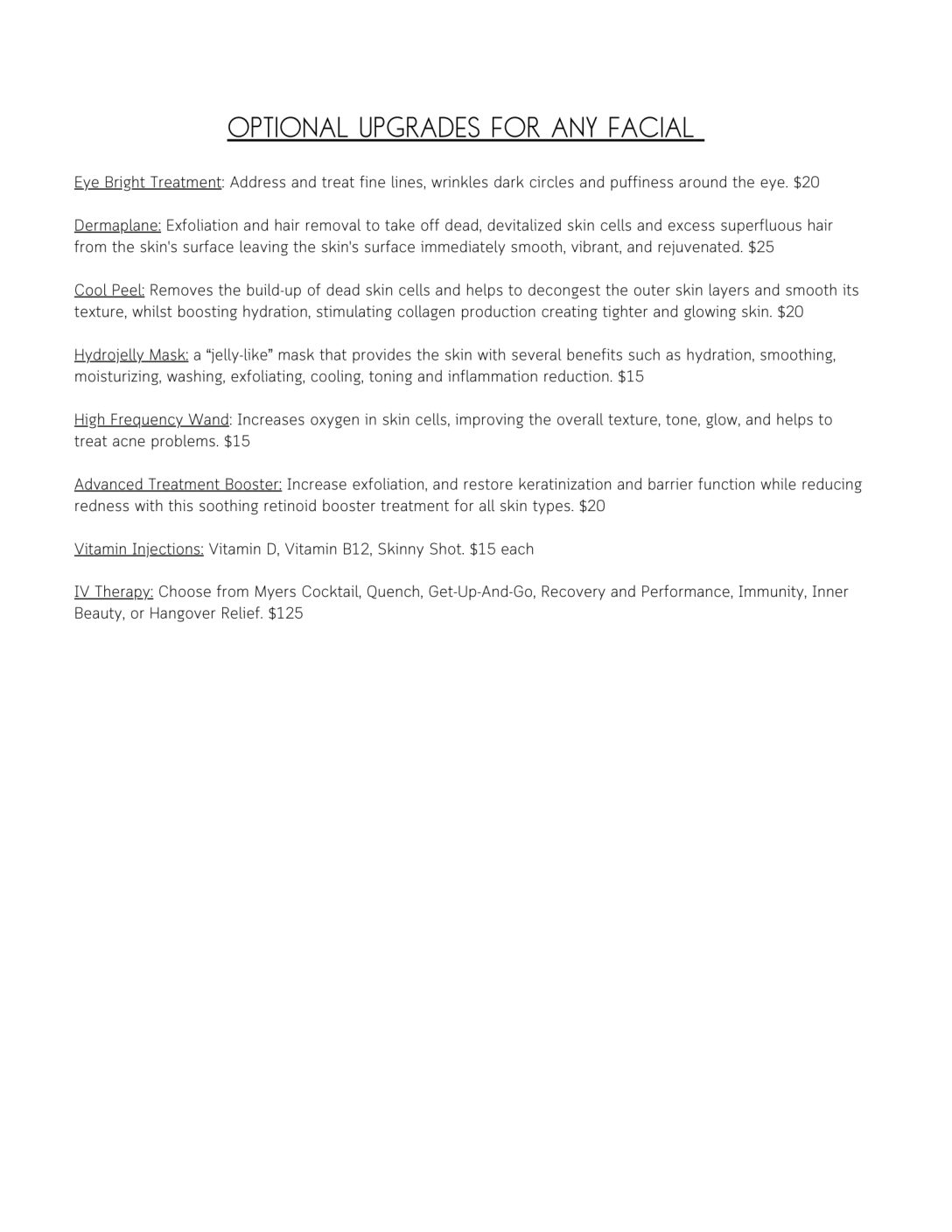Hyaluronidase is a soluble protein enzyme that is typically used to break down the hyaluronic acid found in dermal filler. The solution works by breaking up the bonds that hold the HA molecules together— and encourages the body to reabsorb those molecules in a natural process that it knows how to do on its own. It accomplishes this by increasing tissue permeability, splitting the molecular bonds holding the hyaluronic acid together and promoting the natural cellular processes responsible for its diffusion.
Lip Dissolver
What is Hyaluronidase and How does it work?
How long until I see the effects of filler dissolving?
Hyaluronidase has immediate effect and a half-life of two minutes with duration of action of 24 to 48 hours. Once we start the process of injecting the hyaluronidase, the dermal filler in that area starts to break down and soften immediately. Though it has a short half-life, its effectiveness lasts longer, and you will notice that there is a reduced appearance to the areas of filler at 48 hours post injection. Some patients feel discouraged initially as the effects are confused by some of the swelling that occurs with hyaluronidase injection, again this should all start to settle and show effect by 48 hours.
Now here’s the important part of seeing the effects. It works well, however all fillers are different, are knit differently, have built up over time, or have integrated into the tissue very well or in areas we can’t see. This is why hyaluronidase may require multiple sessions. Often a small superficial lump in the lip might be a quick dissolve, however larger nodules, or wide spread areas of filler integration will break down in sections, where one may feel the filler is gone in some areas, while still showing in others. Even more so, if we have older filler that has built up over time from multiple sessions that may have accumulated some fine scar tissue around it, at some point the hyaluronidase may start to break down your body’s own HA in preference to the more difficult, built up area. Hyaluronic acids with a high concentration of HA, larger particle size, and increased cross-linking increases the durability of the filler. Although we rely on hyaluronidase to assist us, the process is not a perfect science, just as injecting dermal filler isn’t either. As we go through the process of dissolving with you, we can assess your body’s/tissues response and advise further on the process based on your outcomes. The degree of further treatment will depend upon indication, risks versus benefits, side effects from treatment, and patient and practitioner satisfaction.
What are the most common reasons we see filler being dissolved?
Product Migration
Here’s where at times we lose some control as injectors. A patient’s anatomy and how it functions will play a large role on where and how filler will settle. As injectors we are educated and have experience knowing which areas that filler shouldn’t be injected that may cause a problem in migration, however each individual’s anatomy is so diverse. Ultimately filler will move to the path of least resistance to find a comfortable place to sit. Some patients tissues have more “pockets” or laxity and therefore less support in keeping a filler in place. Additionally filler is quite soft and moveable for the first 48 hours post treatment, so there can be some compression of filler around areas of higher muscular contraction or if a patient swells greatly post treatment, this can also cause some compression or movement of product.
Lumps & Bumps
This had a similar cause to the concepts explained above. Areas where we see lumps and bumps the most unfortunately is in the trough and lips. The tear trough because the skin is so thin and unforgiving here and anatomically it is quite unique and more complex. The lips because of the high muscular function the area, and tissue differences seems from patient to patient. Other areas of the face such as the chin, cheek bone, or nose, we are almost trying to create small “lump or bumps” referred to as boluses, to help lift the tissue and create structure. Here we try to ensure they are smooth and consistent , however we don’t want to over massage these areas, as we would lose the lifting or volumizing effect that was initially intended with the dermal filler injection.
Emergency Reversal
This is where hyaluronic acid fillers are considered safer than other fillers on the market as we have the antidote to reverse them known as Hyaluronidase. An emergency case is where filler in unintentionally injected into a blood vessel. Filler in a blood vessel will cause a blockage and can cease blood flow and diffusion of necessary oxygen to the tissues. When the tissues don’t have oxygen they start to die and this is known as tissue necrosis. As experienced injectors we are aware of the signs and symptoms of a blockage and we will reverse this on the spot if seen. However at times the vessel doesn’t fully block, or these signs aren’t seen right away. In cases such as these we educate our patients on what to look for in the consultation and we do follow up with a safety check 24-48 hours post treatment. If a patient is presenting with signs of a blockage we will insist on immediate return to clinic to assess in person and if a blockage is confirmed we will start the dissolving process, which again can take multiple sessions until we are contact blood flow and circulation to vessels and tissues has returned.






